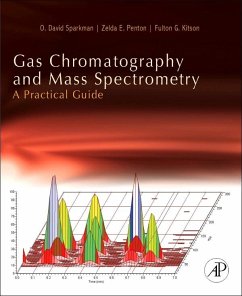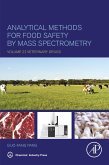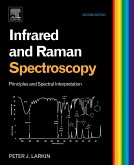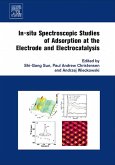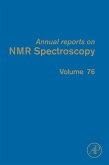The section regarding GC Conditions, Derivatization, and Mass Spectral Interpretation of Specific Compound Types has the same number of compound types as the original edition, but the information in each section has been expanded to not only explain some of the spectra but to also explain why certain fragmentations take place. The number of Appendices has been increased from 12 to 17. The Appendix on Atomic Masses and Isotope Abundances has been expanded to provide tools to aid in determination of elemental composition from isotope peak intensity ratios. An appendix with examples on "Steps to follow in the determination of elemental compositions based on isotope peak intensities" has been added. Appendices on whether to use GC/MS or LC/MS, third-party software for use in data analysis, list of information required in reporting GC/MS data, X+1 and X+2 peak relative intensities based on the number of atoms of carbon in an ion, and list of available EI mass spectral databases have been added. Others such as the ones on derivatization, isotope peak patterns for ions with Cl and/or Br, terms used in GC and in mass spectrometry, and tips on setting up, maintaining and troubleshooting a GC/MS system have all been expanded and updated.
- Covers the practical instruction necessary for successful operation of GC/MS equipment
- Reviews the latest advances in instrumentation, ionization methods, and quantitation
- Includes troubleshooting techniques and a variety of additional information useful for the GC/MS practitioner
- A true benchtop reference
- A guide to a basic understanding of the components of a Gas Chromatograph-Mass Spectrometer (GC-MS)
- Quick References to data interpretation
- Ready source for information on new analyses
Dieser Download kann aus rechtlichen Gründen nur mit Rechnungsadresse in A, B, BG, CY, CZ, D, DK, EW, E, FIN, F, GR, HR, H, IRL, I, LT, L, LR, M, NL, PL, P, R, S, SLO, SK ausgeliefert werden.

